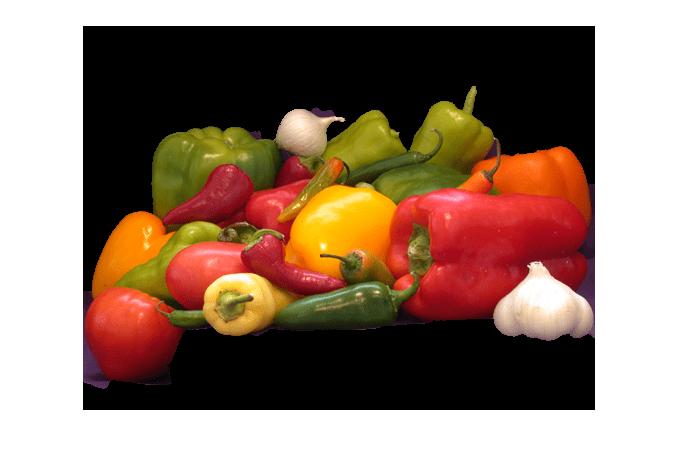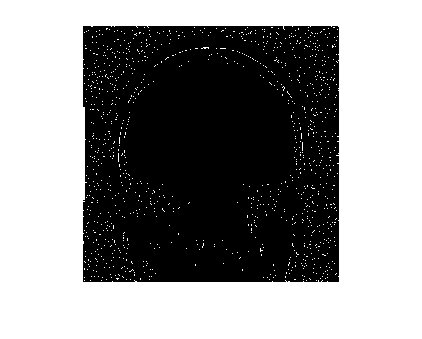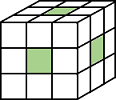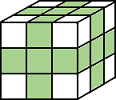grabcut
グラフに基づく反復セグメンテーションを使用した前景と背景へのイメージのセグメント化
構文
説明
例
入力引数
名前と値の引数
出力引数
ヒント
アルゴリズム
このアルゴリズムは ROI の外側に一部でもかかっている部分領域をすべて、背景に属するものとして扱います。最適なセグメンテーションを得るには、セグメント対象のオブジェクトが必ず、ROI に完全に含まれ、少数の背景ピクセルで囲まれるようにします。
ラベル行列の部分領域を、前景マスクと背景マスクの両方に所属するものとしてマークしないでください。ラベル行列の領域に前景マスクと背景マスクの両方に所属するピクセルが含まれる場合、アルゴリズムは領域をマークなしとして扱います。
このアルゴリズムは、関心領域の外側にある部分領域がすべて背景に属していることを前提としています。これらの部分領域のいずれかを、前景マスクまたは背景マスクに属するものとしても、結果のセグメンテーションに影響はありません。
参照
[1] Rother, C., V. Kolmogorov, and A. Blake. "GrabCut - Interactive Foreground Extraction using Iterated Graph Cuts". ACM Transactions on Graphics (SIGGRAPH). Vol. 23, Number 3, 2004, pp. 309–314.










